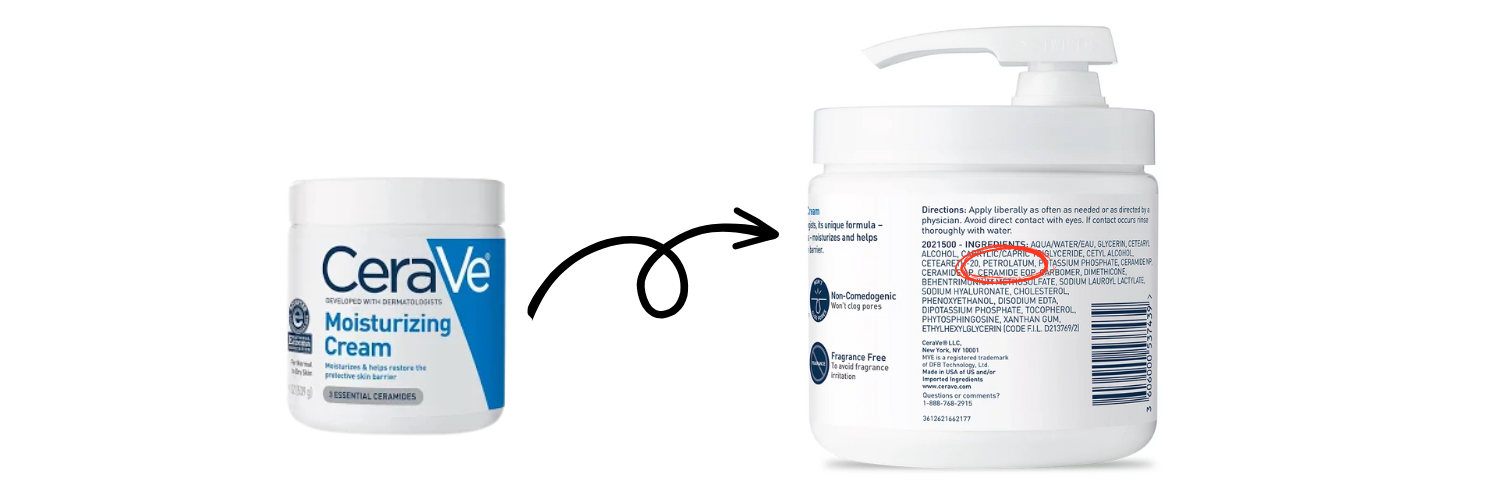Hey there! So, you might have heard that petroleum jelly is a miracle worker when it comes to moisturizing and healing dry, rough skin. But guess what? It's actually not that great for your skin, and in fact, can have some pretty negative effects.
What is Petroleum Jelly and Why is it Bad for Your Skin?
First off, let's talk about what petroleum jelly is. It's a byproduct of the oil refining process, and it's made up of hydrocarbons. Basically, it's just a mixture of mineral oils and waxes. It's super thick and greasy, which is why it's so good at sealing in moisture.
But here's the thing: your skin needs to breathe. And when you slather it in petroleum jelly, you're creating a barrier that prevents it from doing so. This can lead to clogged pores and even acne. Not to mention, petroleum jelly can irritate sensitive skin and cause allergic reactions.
And while it might seem like a great option for chapped lips or dry cuticles, it's actually not that effective at healing those issues. In fact, some experts say that petroleum jelly can actually make dry skin worse by disrupting the skin's natural oil balance.

The Dangers of Petroleum Jelly: Cancer, PCOS, and Fertility Issues
But that's not all. There's also some evidence to suggest that petroleum jelly may be linked to cancer, PCOS (polycystic ovary syndrome), and fertility issues in both men and women. One study found that women who used petroleum jelly as a lubricant had a higher risk of developing cervical cancer, and another study found that men who used petroleum jelly on their genitals had a lower sperm count.
Petroleum Jelly in Skin Care Products: What to Look Out For
It's worth noting that many popular brands use petroleum jelly in their lotions and skin care products. It's often listed as "petrolatum" or "mineral oil" on the ingredient list. These ingredients are used in a wide variety of skin care products, including lotions, creams, ointments, and moisturizers. They are often used as a base or a thickening agent, and can be found in products from both high-end and drugstore brands. So, if you're not sure whether a product contains petroleum jelly, it's always a good idea to check the label.
Here are just a few brands to look out for that use these ingredients:
- CeraVe
- Dove
- Nivea
- Vaseline
- Jergens

Natural Alternatives to Petroleum Jelly for Moisturizing Your Skin
So, what should you use instead? There are plenty of natural alternatives out there that are just as effective (if not more so) at moisturizing and healing dry skin. Shea butter (one of our personal favorites!) and mango, avocado, jojoba oils are all great options.
At Melanin is..., we believe that natural is best. That's why we only use natural ingredients in our products that are designed to hydrate and strengthen your skin. We never use petroleum jelly or other harmful ingredients, and we're committed to creating skin care products that are good for both your skin and the environment. Check out our Benefits page for more!
In conclusion, while petroleum jelly might seem like a quick fix for dry skin, it's actually not doing your skin any favors. It's best to avoid it and opt for natural alternatives instead. Your skin (and the environment) will thank you.










